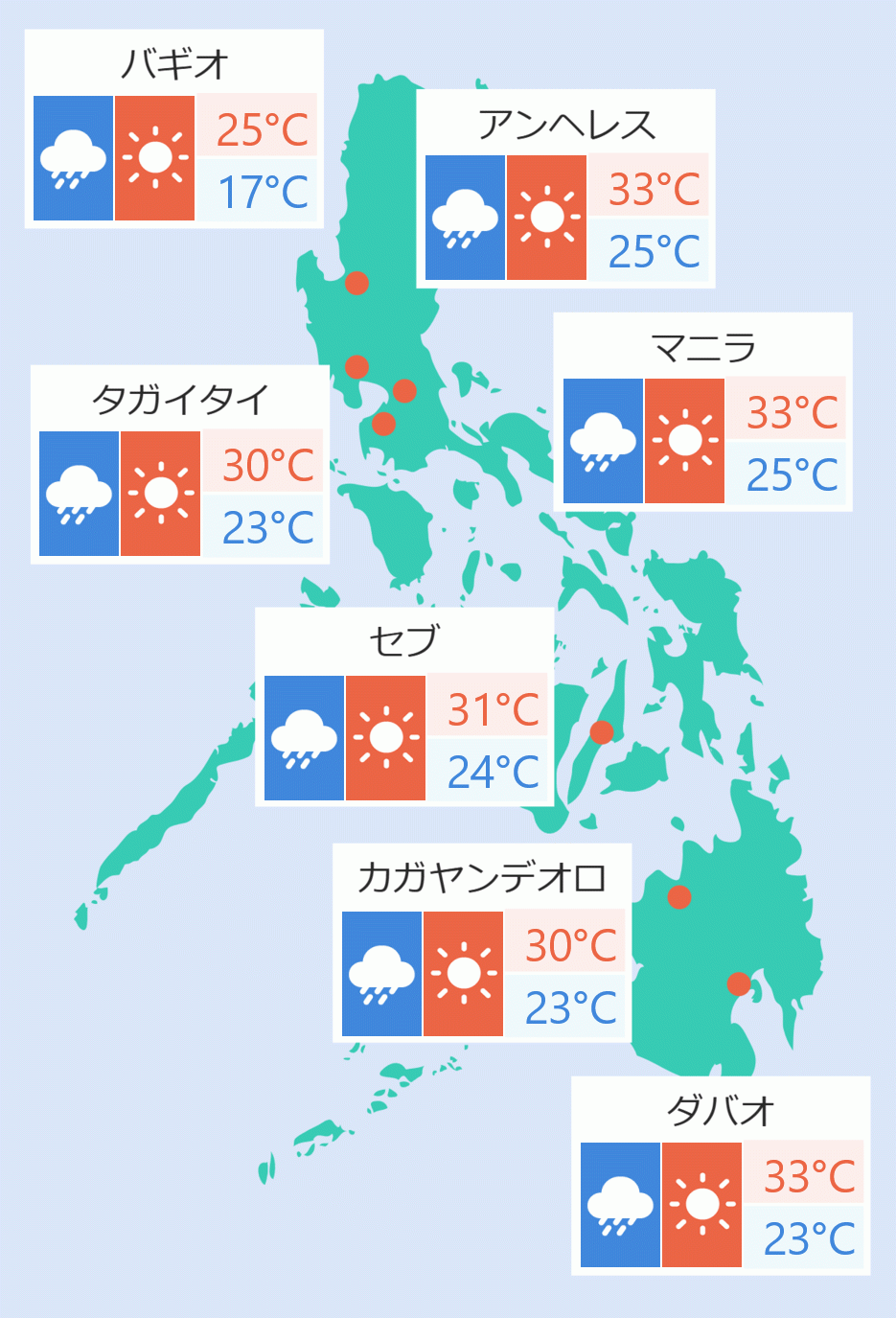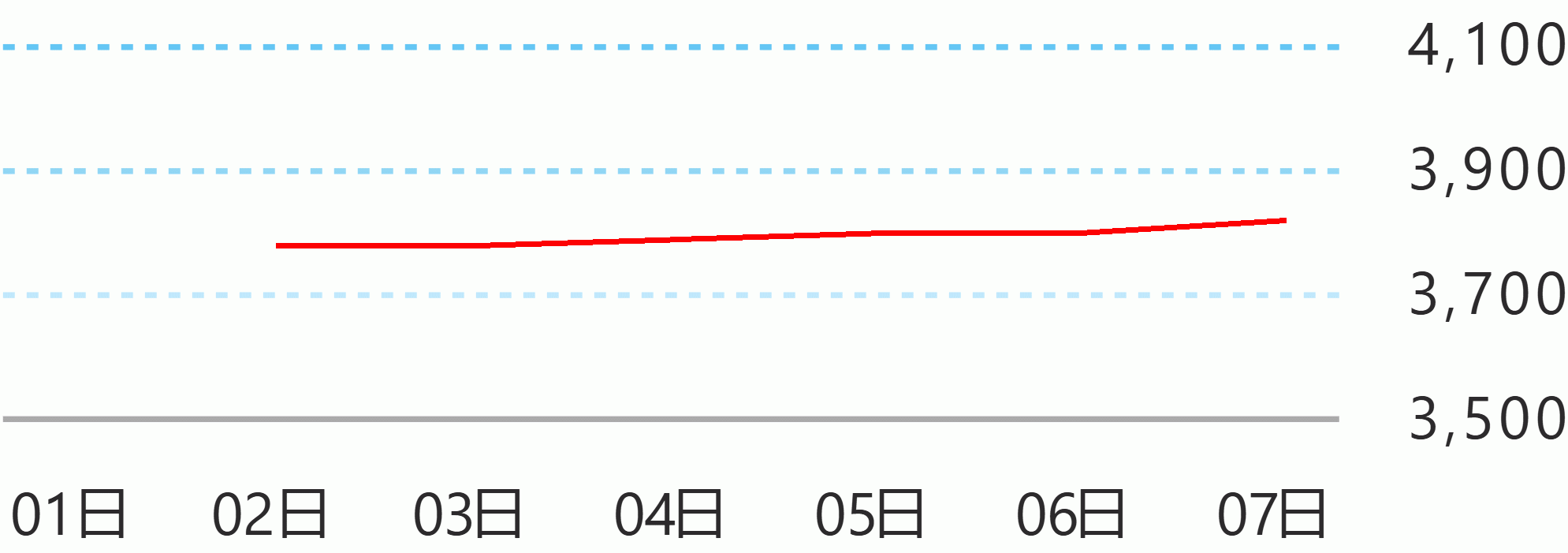After nearly three months of being in low risk, the Philippines, including the National Capital Region (NCR), returns to high risk after COVID-19 rapidly rose last month.
In a virtual press briefing Monday, Health Undersecretary Maria Rosario Vergeire bared that the national and NCR levels are both at high risk for December 20, 2021 to January 2, 2022.
"Nationally, we are now at high risk case classification from low risk case class in the previous week," said Vergeire.
The last time the Philippines was high risk was in late September 2021.
NCR was at high risk back in the middle of October 2021.
Vergeire said the return of high risk classification in the Philippines was prompted by the 222 percent two-week growth rate and the 1.07 average daily attack rate per 100,000 population.
In the NCR, Vergeire said the two-week growth rate went up 813 percent rate and the average daily attack rate is 5.42 per 100,000 population.
According to the DOH, Calabarzon is moderate risk owing to its 270 percent two-week growth rate and 0.99 average daily attack rate per 100,000 population.
Central Luzon, Zamboanga Peninsula, Davao Region, and Northern Mindanao went to low risk classification.
The 11 other regions, the DOH noted, remain at minimal risk. DMS





 English
English









